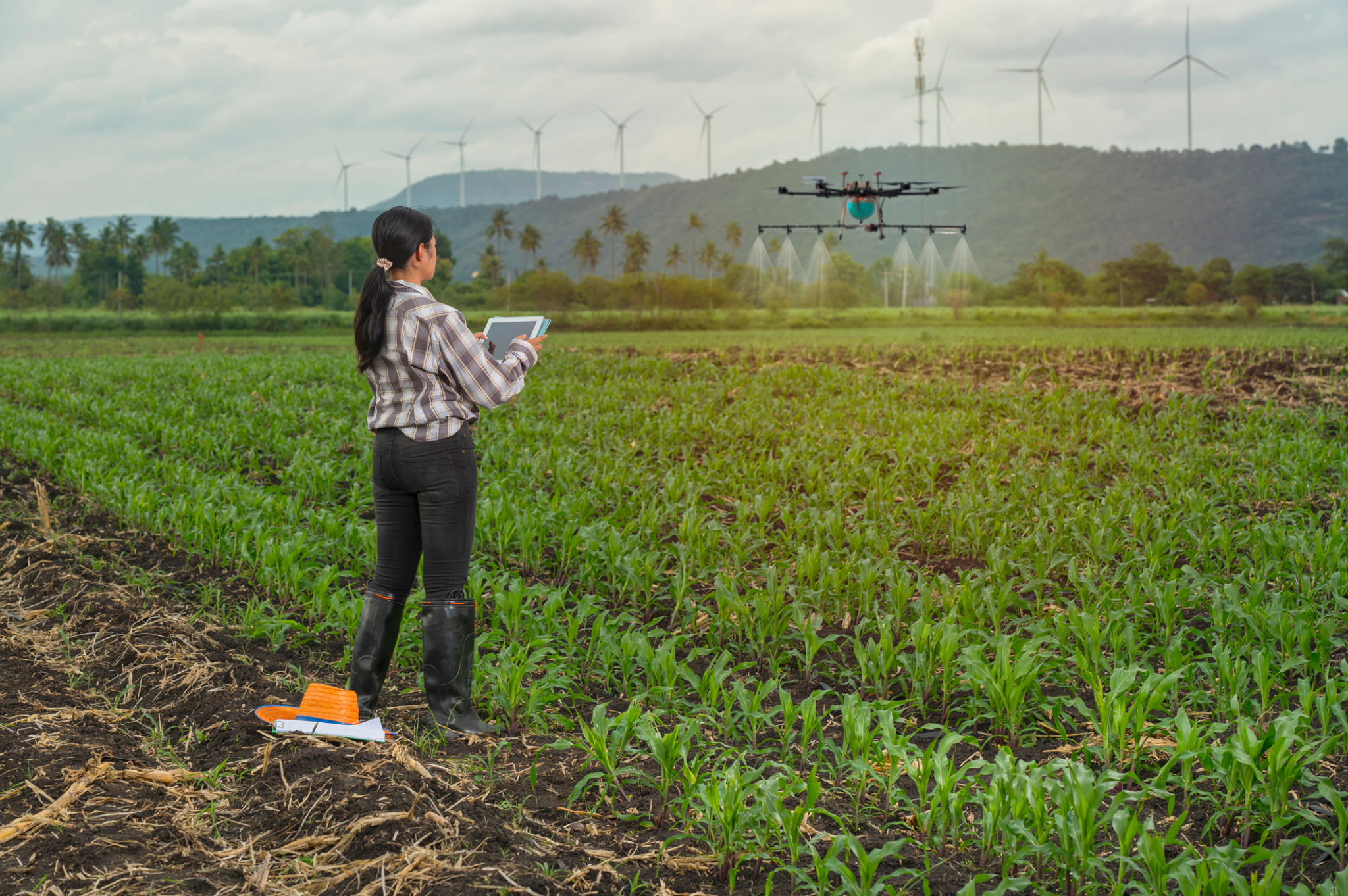Case Study: How Thermal Imaging Transformed Solar Farm Maintenance in Queensland
Introduction to Solar Farm Maintenance
Solar farms are an essential part of the renewable energy landscape, particularly in sunny regions like Queensland, Australia. These expansive fields of solar panels require regular maintenance to ensure maximum efficiency and longevity. Traditional methods of maintenance, while effective, can be time-consuming and costly. Enter thermal imaging—a transformative technology that is revolutionizing how solar farms are maintained.

The Challenges of Traditional Methods
Historically, solar farm maintenance involved manual inspections, which could take weeks and required significant manpower. Inspectors had to visually check each panel for damage or inefficiency. This method not only consumed a lot of time but also increased the risk of human error. Additionally, it was difficult to detect subtle issues that could lead to larger problems if left unaddressed.
Moreover, the sheer scale of solar farms in Queensland exacerbated these challenges. With thousands of panels spread across vast areas, thorough inspections became daunting and often led to missed defects. This inefficiency often resulted in decreased energy output and financial losses.
How Thermal Imaging Works
Thermal imaging technology uses infrared cameras to detect heat patterns or anomalies that are invisible to the naked eye. When applied to solar farms, it helps quickly identify panels that are malfunctioning or underperforming by detecting temperature variations. This is crucial because defective panels often generate more heat than operational ones.

The implementation of thermal imaging in solar farm maintenance allows for rapid assessments. Drones equipped with thermal cameras can scan entire fields in a fraction of the time required for manual inspections. This not only speeds up the process but also enhances accuracy by pinpointing exact problem areas.
Case Study: A Queensland Solar Farm
One notable case study involves a large solar farm in Queensland that adopted thermal imaging technology to overhaul its maintenance procedures. Before the adoption, the farm struggled with frequent power losses and high maintenance costs due to inefficient manual inspections.
After integrating thermal imaging, the farm was able to conduct comprehensive inspections in hours instead of weeks. The thermal images revealed several panels with minor defects that had gone unnoticed previously. By addressing these issues promptly, the farm significantly improved its energy output.

Benefits Observed
The adoption of thermal imaging led to numerous benefits for the Queensland solar farm:
- Increased Efficiency: Faster identification of problematic panels allowed for quicker repairs and less downtime.
- Cost Reduction: Reduced labor costs and minimized financial losses from inefficiencies.
- Enhanced Accuracy: Improved detection of minor defects before they escalated into major issues.
Future Prospects
The success experienced by the Queensland solar farm underscores the potential of thermal imaging technology in the renewable energy sector. As technology continues to advance, it is likely that more solar farms will adopt these methods to optimize their operations.
Furthermore, as the cost of thermal imaging equipment decreases, even smaller solar farms will be able to leverage this technology for improved maintenance processes. This could lead to widespread transformations across the industry, promoting sustainability and energy efficiency on a global scale.
Conclusion
Thermal imaging represents a significant leap forward in solar farm maintenance, offering enhanced efficiency, accuracy, and cost-effectiveness. The case study from Queensland serves as a compelling example of how embracing innovative technologies can lead to substantial improvements in renewable energy production.
